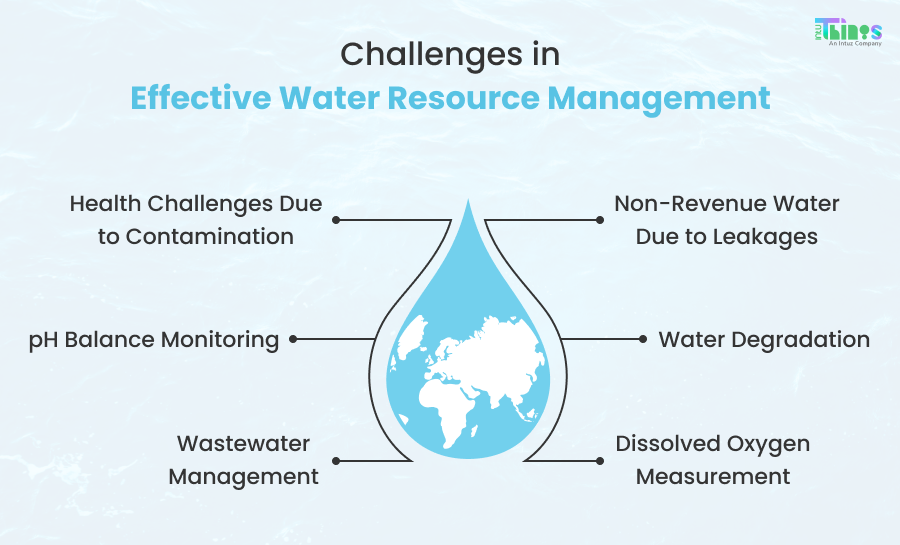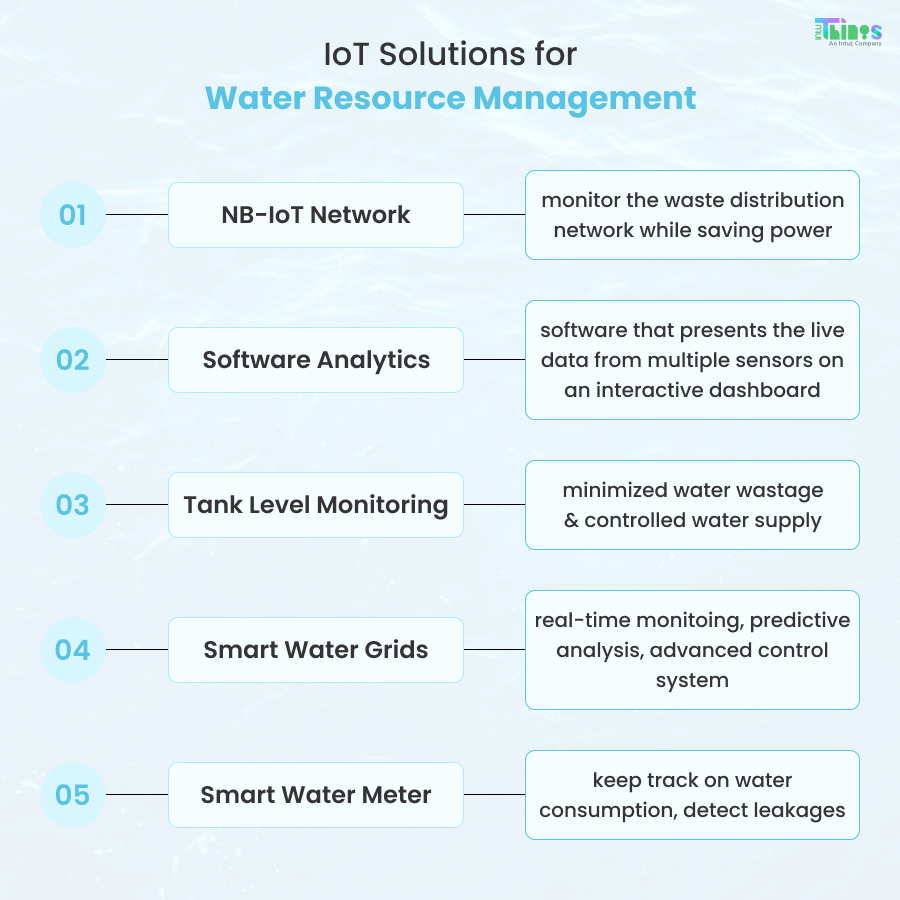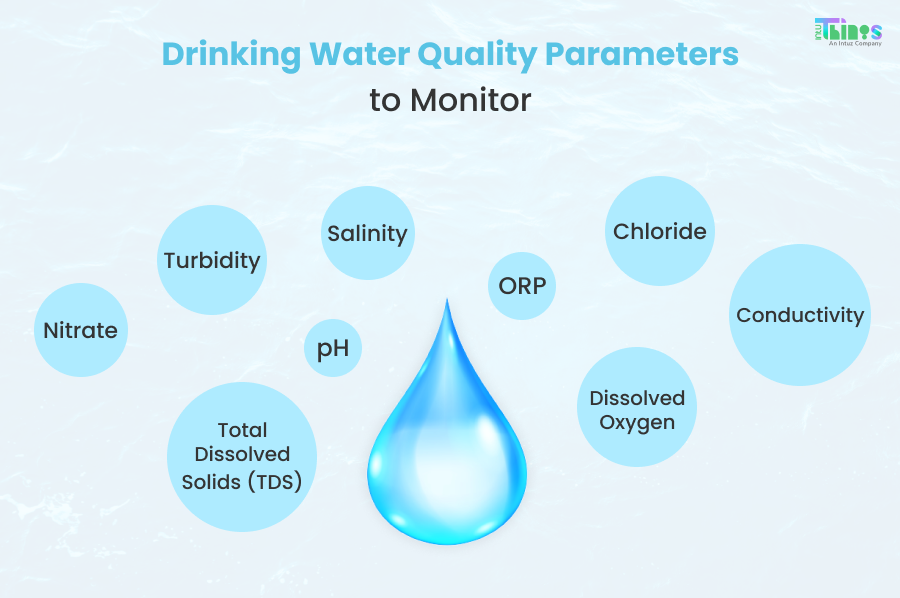Leveraging IoT for Water Resource Management
Water resource management is the need of the hour, and conventional methods are not going to be enough. Hence IoT and analytics have to be incorporated into the system.
Join the DZone community and get the full member experience.
Join For FreeWater is the most pristine resource on the planet. But unfortunately, in the last decade, water scarcity has consistently increased. As per UNICEF, each year, at least four billion people face water scarcity for a month. On top of that, half of the world’s population will be living in water-scarce areas by 2025.
Though there are numerous causes for this, improper usage, distribution, and management lead to maximum water wastage. We know that conventional water resource management practices like rainwater harvesting, rooftop irrigation, etc., save a lot of water. But, they may not solve a leaky water supply pipe in the middle of the city.
In scenarios like this, technologies like IoT can be handy. IoT is an ecosystem of devices connected to each other via the internet, and it can revolutionize how water is managed. In this article, we will analyze how IoT in water resource management can be helpful.
Challenges to Effective Water Resource Management
Before we move to the IoT solution, it is important to acknowledge the challenges associated with water resource management. Here are some of the prime challenges!
Water Quality Degradation
Water quality degradation stands on top of the challenges for a reason. You see, though the earth's surface has 71% water on it, all of it is not consumable. Water from sources like lakes and rivers can be used to refine drinking water. However, there are numerous sources that have and are damaging the quality of drinking water.
Industrial waste, agricultural pesticides and insecticides, waste treatment facilities, and rainwater runoff are some of those chief sources. As per stats, around 40 million liters of wastewater enter the water bodies, and much less of it is treated.
Non-Revenue Water Due to Leakages
Water companies lose a lot in revenue due to the leakage of water. Numbers suggest that 14% of the treated water in the US leaks out, which leads to a massive loss in revenue. As it is practically tough to pinpoint the exact point of leakage, IoT can make it super easy for companies and government agencies.
Health Challenges Due to Contaminated Water
As highlighted above, industrial and other types of waste lead to water contamination. Further, if the contaminated water is consumed, it can harm the people and surge health challenges. As of 2022, around two billion people use a contaminated drinking water source.

Wastewater Management
One of the critical parts of water resource management is wastewater management. Around 380 billion m3 of wastewater is produced worldwide, and only half or even less of it is treated. As this number is expected to increase by 24% by 2030, the treatment part is a key challenge.
Dissolved Oxygen Measurement
Dissolved oxygen in water has a positive impact on the taste of drinking water. However, if the oxygen level decreases due to some reason, it can significantly impact aquatic life in a negative way. Keeping a check on the oxygen levels in water is a challenge.
pH Balance Monitoring
Just like oxygen, the pH of the water decides its quality. High pH can lead to the gathering of deposits in pipes and appliances. It also makes the taste bitter. Low pH leads to the corrosion of metals. Hence, pH balance monitoring is necessary.
Top IoT Solutions for Water Resource Management
IoT in Water resource management can take various forms. Here are some IoT-backed solutions for water resources management!
Narrowband-IoT (NB-IoT) Network
Standard IoT devices consume massive power to function. But, with the Narrowband-IoT (NB-IoT) Network devices, you can monitor the entire water distribution network while saving power.
As the NB-IoT network boosts network efficiency and system capacity, you can use multiple IoT sensors to precisely detect and prevent leaks in the distribution system. As these sensors have a longer battery life, you won’t have to change them frequently.
Software Analytics
IoT sensors for water resource management can be of various types, such as water level sensors, water pressure sensors, flow rate sensors, leakage sensors, and more. No matter where these sensors are placed across the distribution region, they all send data to a central gateway. This gateway is connected to software that presents the live data on an interactive dashboard.
With software analytics tools, it becomes easier to manage and analyze sensor data.
Smart Water Meter
It is not necessary that water leakage can only be exterior to your home or customer’s home. It can be inside the customer’s home too, which is why smart water monitoring meters are necessary.
Other than detecting leakage of water across your property, smart meters can also keep track of water consumption, which will evidently save your water bill. On top of that, controlled use of water will benefit the planet on a larger scale as carbon footprints will be significantly reduced.
Smart meters are a part of AMI (Advanced Metering Infrastructure) that enables automatic data collection from the entire network before making it available for billing. Once the data is imported, analyzed, and verified by the Meter Data Management (MDM) platform, it is sent for billing.

Tank Level Monitoring
This is just a subset of the IoT sensors part. With a water level monitoring system fitted in the overhead tanks, each household can know how much water is present and how much water is required. This will lead to minimizing water wastage and a controlled water supply.
The same concept can be applied to the bigger water tanks that supply water to an entire region or city.
Multi-Parameter Measuring Sensors
Drinking water is a critical asset. Therefore, it needs to be clean by all means. With Multi-parameter Measuring Sensors, water companies can know which compound is more or less than required. Multi-parameter Measuring Sensors can keep track of various water quality parameters (WQPs), such as
- pH
- ORP
- Conductivity
- Dissolved oxygen
- Total dissolved solids (TDS)
- Salinity
- Nitrate
- Chloride
- Turbidity

Smart Water Grids
It is a two-way real-time network that houses sensors and other computing devices for monitoring the water distribution network. Smart water grids offer numerous benefits, such as real-time monitoring, predictive analysis, advanced control system, and cost savings with water conservation.
The best part of using smart water grids is real-time monitoring and predictive analysis. Based on the data fed by the sensors and software analytics, it can be anticipated when the sensor may stop functioning. Hence, the sensor can be repaired or replaced beforehand to avoid any water supply issues or worse.
Conclusion
Water resources are already scarce in some parts of almost every country today. Moreover, the impact of global warming acts as a catalyst for more losses. In a scenario like this, traditional water conservation methods are not going to be enough. IoT in water resource management can be super helpful with almost everything from detecting water leakage to the overall maintenance of the water distribution network.
Opinions expressed by DZone contributors are their own.

Comments